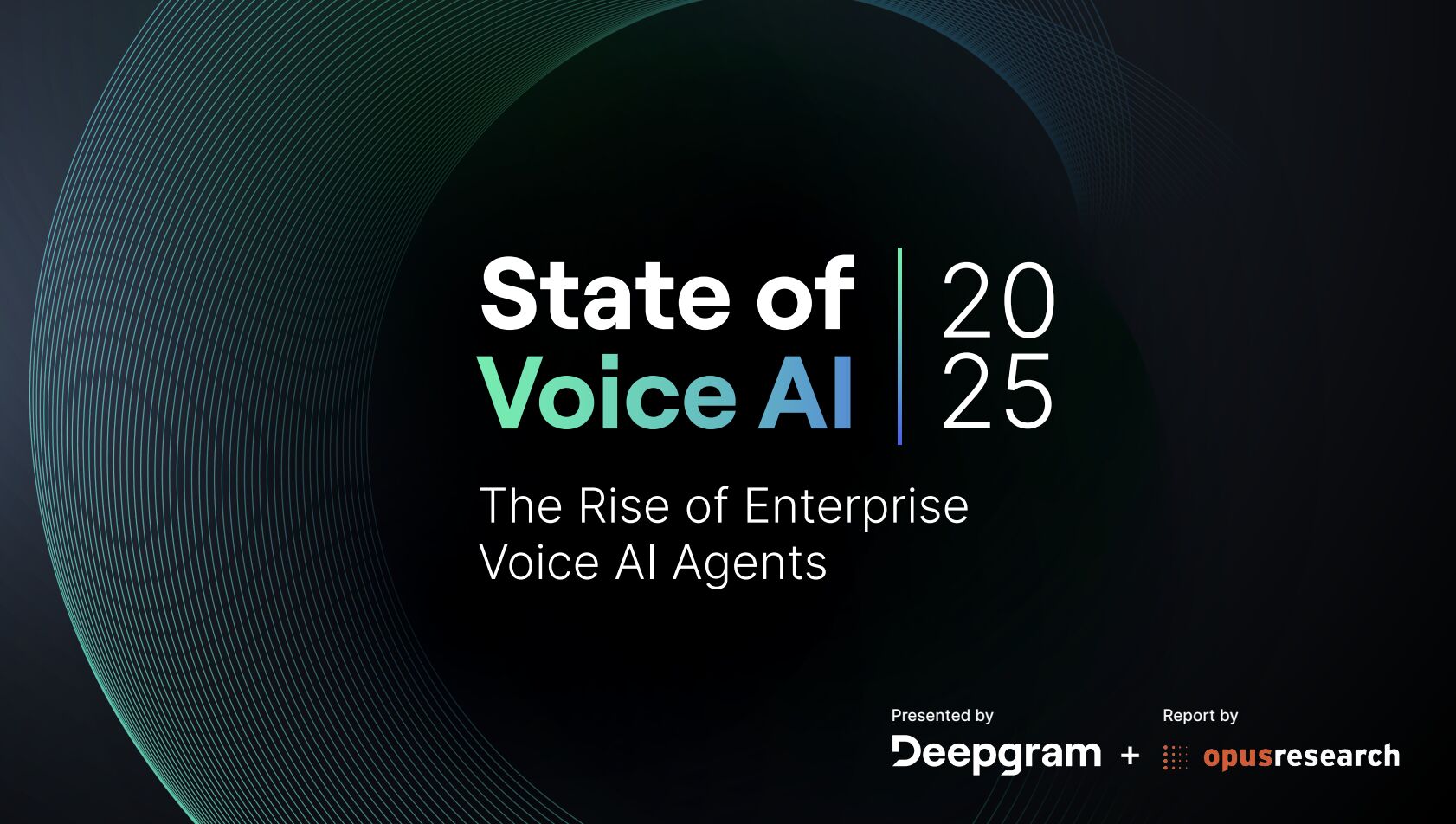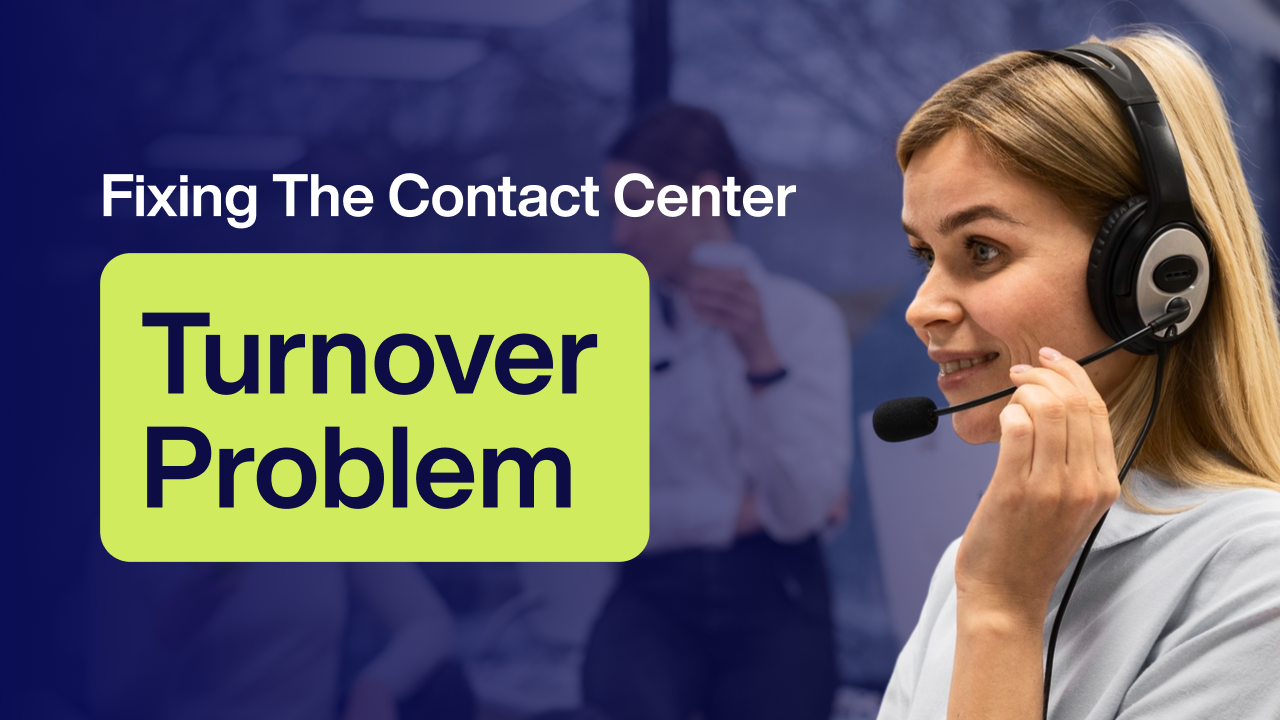Harnessing AI and Community Health Workers to Reduce High-Utilizer Healthcare Costs: A Strategic Response to Flat Medicaid Funding

Introduction: Addressing the High-Utilizer Challenge Amidst Funding Constraints
Federally Qualified Health Centers (FQHCs) serve as critical access points for underserved populations. However, with Medicaid funding remaining stagnant and operational costs escalating, these centers face significant financial pressures. A notable contributor to these challenges is the subset of patients known as high-utilizers—individuals who frequently use emergency departments (ED), inpatient, and outpatient services, often due to unmanaged chronic conditions and social determinants of health.
To mitigate these pressures, FQHCs can partner with hospitals to jointly review high-utilizer data across care settings. By leveraging Artificial Intelligence (AI) for predictive analytics and assigning Community Health Workers (CHWs) or care managers to frequent users, healthcare providers can proactively manage patient needs, reduce unnecessary utilization, and improve health outcomes. This strategic approach not only enhances patient care but also contributes to financial sustainability.
1: AI-Powered Identification of High-Utilizers
Process: Utilizing Predictive Analytics for Risk Stratification
AI-driven predictive analytics can process vast amounts of data to identify patients at risk of becoming high-utilizers. By analyzing factors such as chronic health conditions, social determinants, and previous healthcare utilization patterns, AI models can stratify patients based on their risk levels. For instance, UnityPoint Health employs AI tools to risk-stratify patients, enabling care managers to prioritize individuals for engagement effectively. healthcatalyst.com
Product: Implementing AI Solutions for Data Integration
Platforms like Health Catalyst's Data Operating System (DOS™) provide integrated analytics applications that consolidate data across disparate systems. This integration offers a single source of truth, facilitating the identification of high-utilizers and enabling targeted interventions. healthcatalyst.com
People: Training Staff for AI Integration
Effective implementation of AI tools requires training care managers and clinical staff to interpret predictive analytics outputs. This ensures that the insights generated by AI are translated into actionable care plans tailored to individual patient needs.
2: Deploying Community Health Workers for Proactive Engagement
Process: Assigning CHWs to High-Risk Patients
Once high-utilizers are identified, assigning CHWs to these patients can address underlying factors contributing to frequent healthcare use. CHWs provide personalized support, including health education, assistance with medication adherence, and navigation of social services. This proactive engagement helps mitigate issues before they escalate into emergencies.pcori.org
Product: Standardized CHW Programs
Programs like the IMPaCT model have demonstrated success in improving care quality and reducing hospital days among low-income patients. By standardizing CHW interventions, healthcare providers can ensure consistent and effective support for high-utilizers. pcori.org
People: Integrating CHWs into Care Teams
Integrating CHWs into multidisciplinary care teams fosters collaboration and ensures that social determinants of health are addressed alongside medical needs. This holistic approach enhances patient trust and engagement, leading to better health outcomes and reduced healthcare utilization.
3: Real-World Applications and Outcomes
Case Study 1: UnityPoint Health's Integrated Care Management
UnityPoint Health established a framework for care coordination across acute and ambulatory settings by leveraging AI tools for patient risk stratification. This approach enabled care managers to identify and engage high-risk patients effectively, leading to decreased unnecessary healthcare utilization. healthcatalyst.com
Case Study 2: Novant Health's CHW Model
Novant Health implemented a CHW program that resulted in reduced emergency department utilization and hospital length of stay. CHWs built deeper connections with patients, addressing socioeconomic issues contributing to poor health and demonstrating the value of integrating CHWs into care teams. vizientinc.com
Case Study 3: IMPaCT Program's Success
The IMPaCT program, a standardized CHW intervention, improved quality of care and reduced hospital days among patients in low-income neighborhoods. By focusing on patients' life stories and priorities, CHWs provided tailored support that addressed both medical and social needs. pcori.org
Conclusion: Advancing Collaborative Strategies for Sustainable Healthcare
In the face of stagnant Medicaid funding and rising operational costs, FQHCs must adopt innovative strategies to manage high-utilizer populations effectively. By partnering with hospitals to analyze utilization data and deploying AI-driven tools for patient identification, healthcare providers can proactively address the needs of frequent users. Integrating CHWs into care teams further enhances this approach by providing personalized support that addresses both medical and social determinants of health.
Healthcare leaders are encouraged to:
- Invest in AI Analytics: Implement predictive analytics tools to identify high-risk patients across care settings.
- Develop CHW Programs: Establish standardized CHW interventions to provide holistic support for high-utilizers.PMC+1pcori.org+1
- Foster Collaborative Partnerships: Engage in data-sharing initiatives with hospitals to create unified care strategies.
By embracing these strategies, FQHCs can enhance patient outcomes, reduce unnecessary healthcare utilization, and achieve financial sustainability in a challenging funding environment.
No Spam —
Just Good Stuff.
Join our newsletter for actionable advice, insider knowledge, and strategies that drive real results.
No fluff, just value.
%20(1).png)

.png)


























































.png)
.png)
.png)



.png)
.png)
.png)
.png)
.png)
.png)
.png)
.png)
.png)
.png)
.png)
.png)
.png)
.png)
.png)
.png)


















